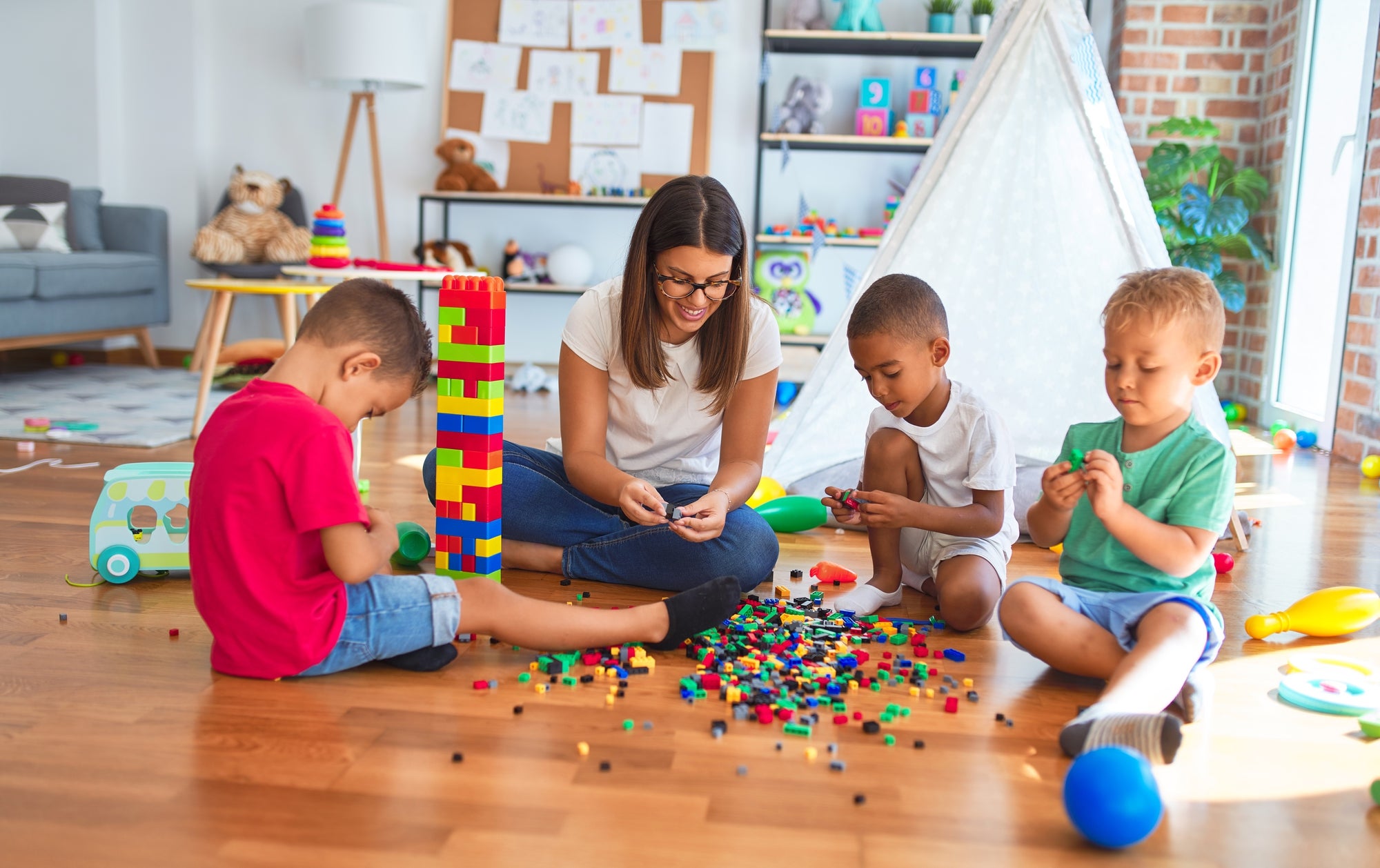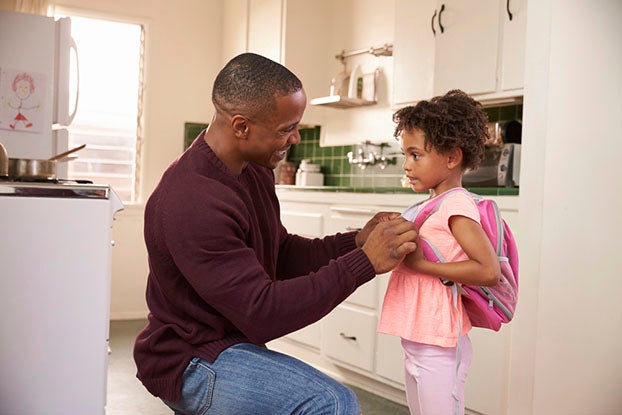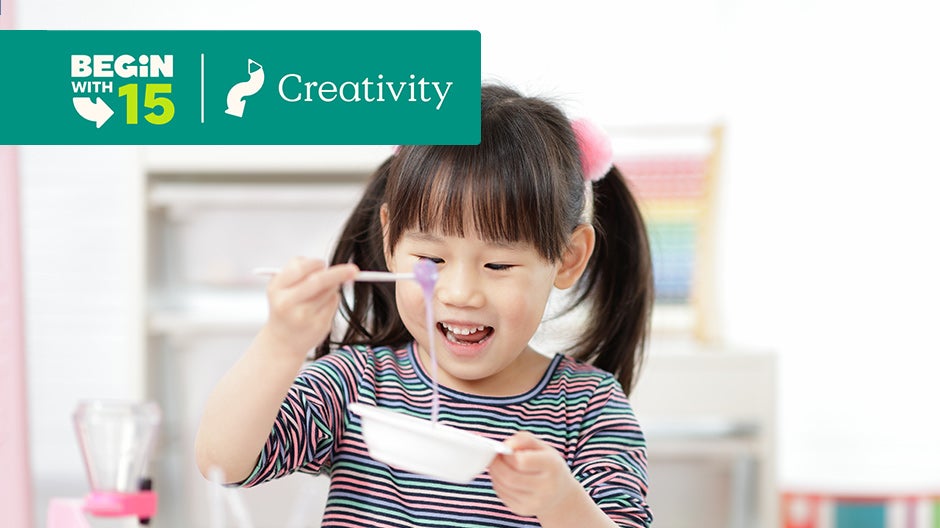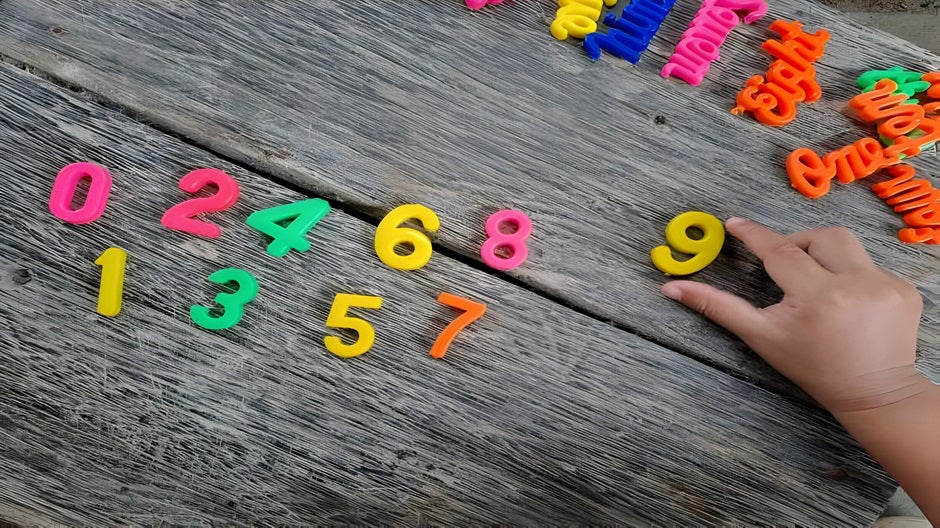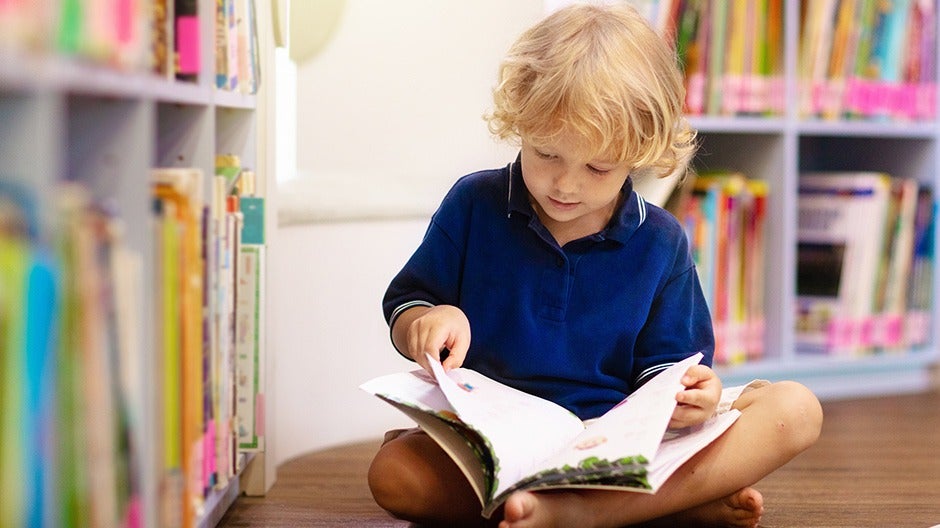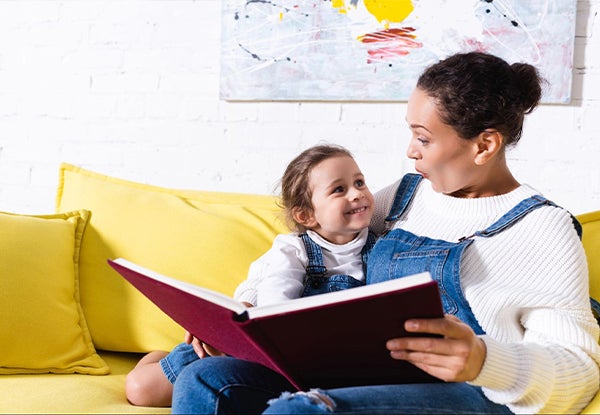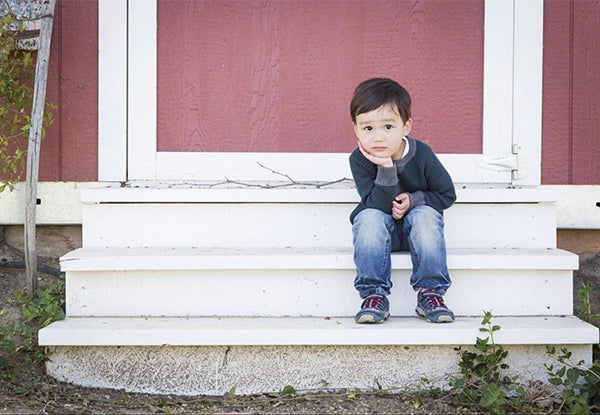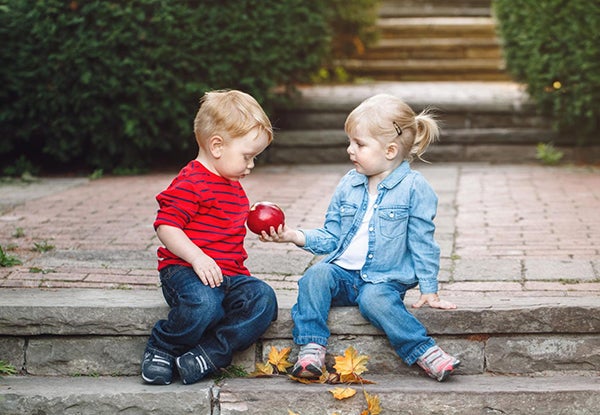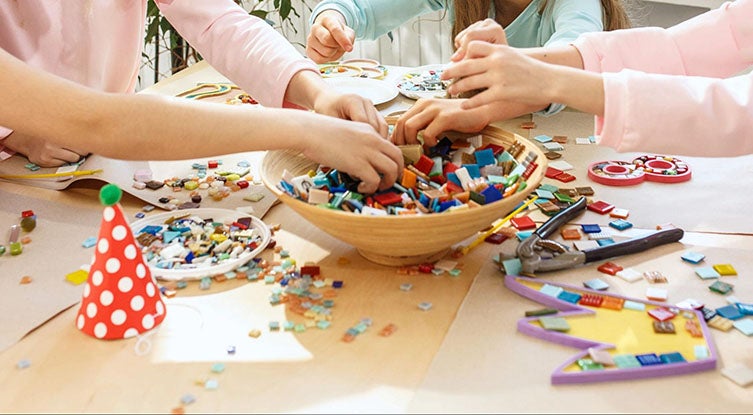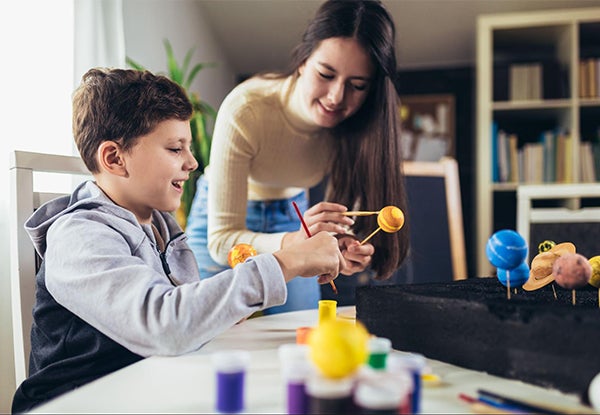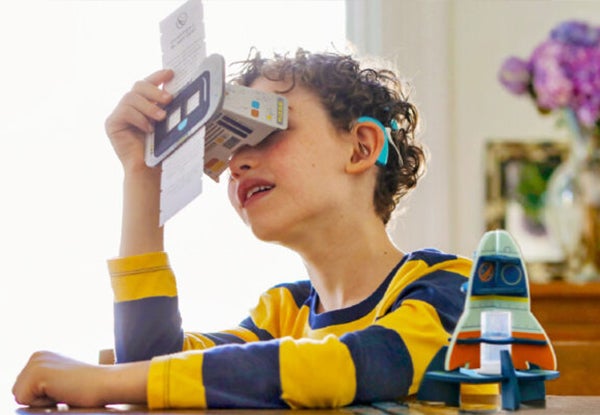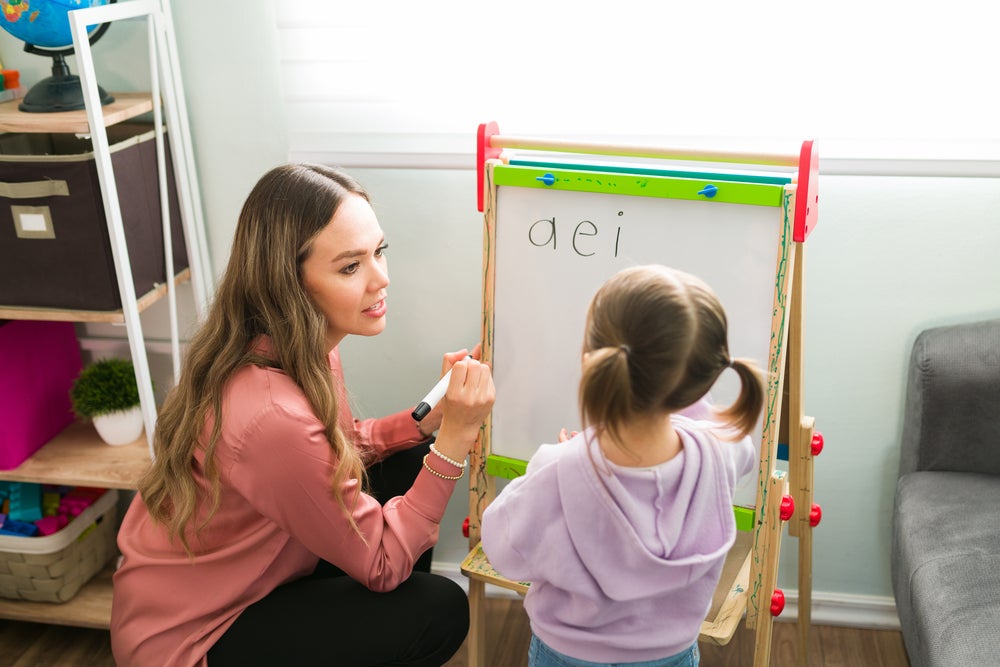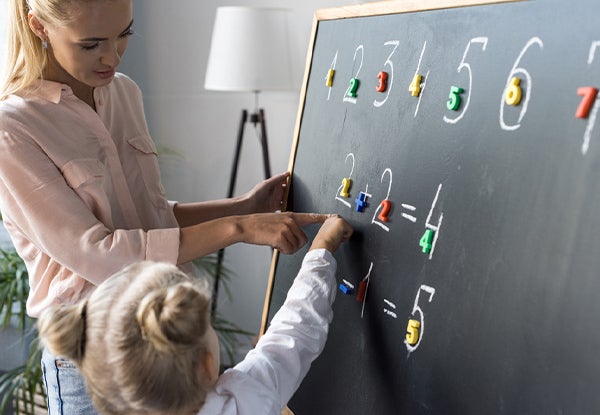Parallel play is an important part of your child’s physical, mental, and emotional development. But did you know that it’s just one of several stages of play that your child moves through during the early part of their life?
Each stage contributes something new to your little one’s life experience, so it’s important to support their learning during these formative years.
In this article, we discuss parallel play, its benefits, and how you can encourage your little one to engage in it.
Table Of Contents
What Is Parallel Play?
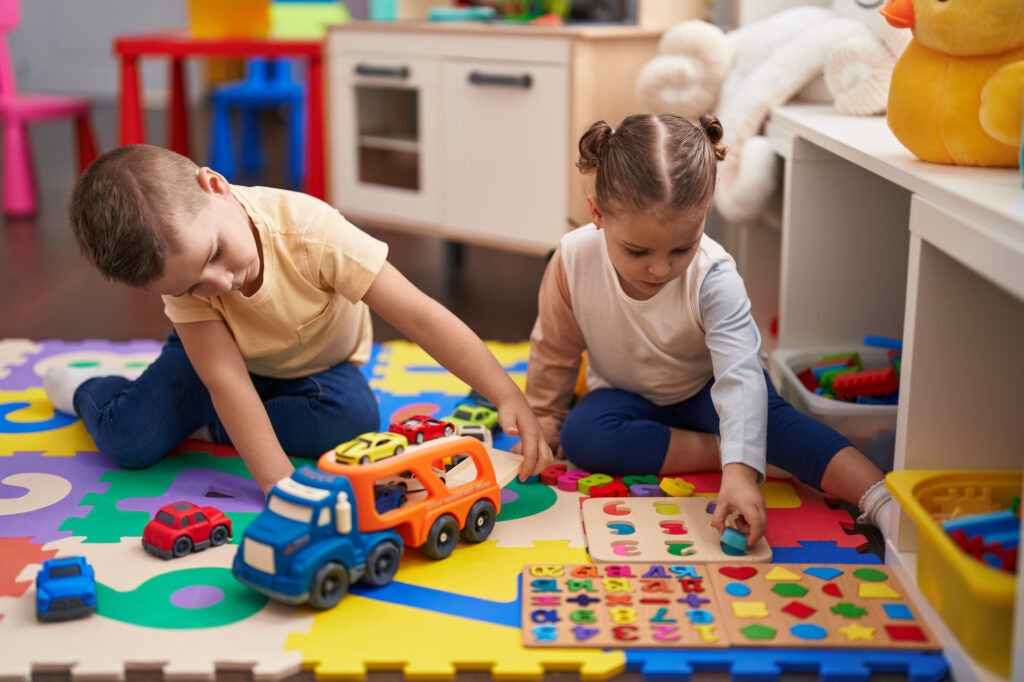
Parallel play is one of the six stages of developmental interaction outlined by Mildred Parten’s 1932 publication “Social Participation Among Preschool Children” (which is still widely cited as the standard 92 years later).
The six stages are:
- Unoccupied play (birth to 3 months)
- Solitary play (3 months to 2 years)
- Spectator play (2 years and older)
- Parallel play (2 years to 4 years)
- Associative play (3 years to 5 years)
- Cooperative play (5 years and up)
In the parallel play stage, children may play near each other but not with each other. They may be using the same toys or materials, but each child is doing their own thing.
In many ways, parallel play is a combination of solitary play and spectator play because Child A plays by themselves while observing and reflecting on what Child B is doing.
One of the simplest examples of this type of play is coloring together at the same table. Each child colors their own picture without directly interacting, but either or both may occasionally glance at the other’s work to see what’s going on.
Another example might involve two children playing with blocks in the same general area as each other. The two build separate structures but also spend time observing each other’s creations and even adopting different techniques without directly collaborating.
How Does Parallel Play Benefit Kids?
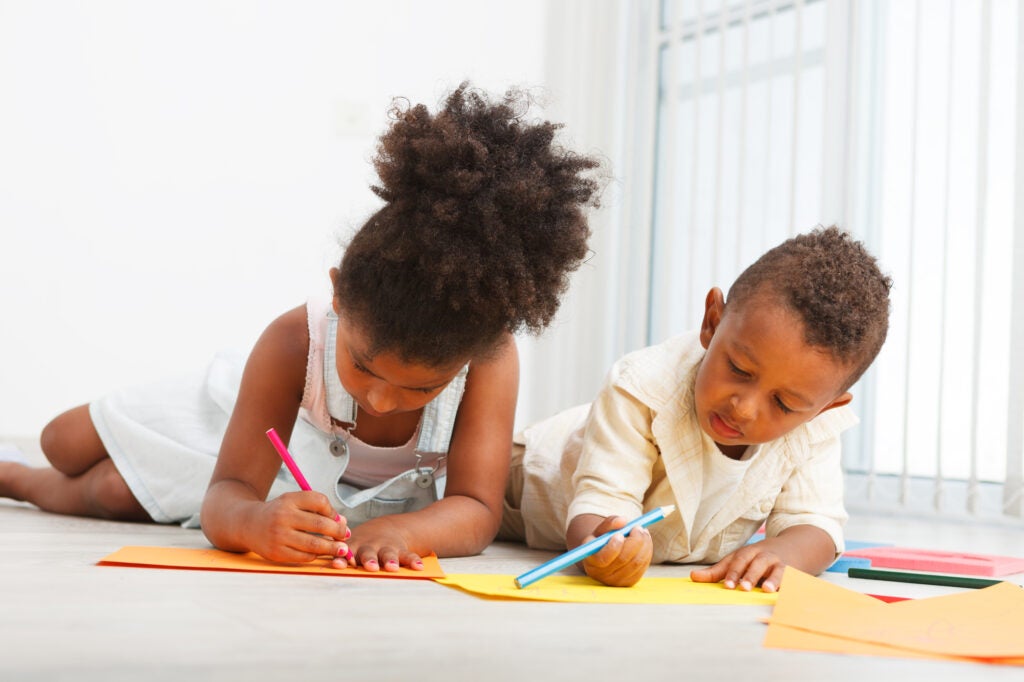
Trust
Before the age of two, the majority of your child’s socialization often occurs in the home — and often with adults. Parallel play generally (but not always) accompanies your child’s first foray outside the home and their first extended interactions with other children their age.
Playing near, but not necessarily with, other children can help your young one overcome the fear of people who aren’t familiar and develop trust that it’s OK to interact with those children and adults.
Empathy
During parallel play, your child observes several different aspects of the activity, including:
- How their peers play
- How their peers act
- How their peers feel
This latter observation can help your child start to understand the cause-and-effect relationship between actions and emotions and how they affect others.
For example, imagine that your child is engaged in parallel play with another child and both are building their own block tower. If the other child uses their last block, gets excited, and celebrates their success, your child may take part in the excitement as well.
Similarly, if the other child’s tower falls down and they begin to cry, your child may share in the upset and begin to cry as well. This is the start of showing empathy.
Motor Development
Parallel play can also help your child develop new motor skills. Observing what others are doing can give your little one new ideas.
For example, they may see another child hold a block a certain way that makes it easier to stack on top of other blocks. Your child may then try to imitate that method of holding things, thereby developing new types of motor skills.
Sharing
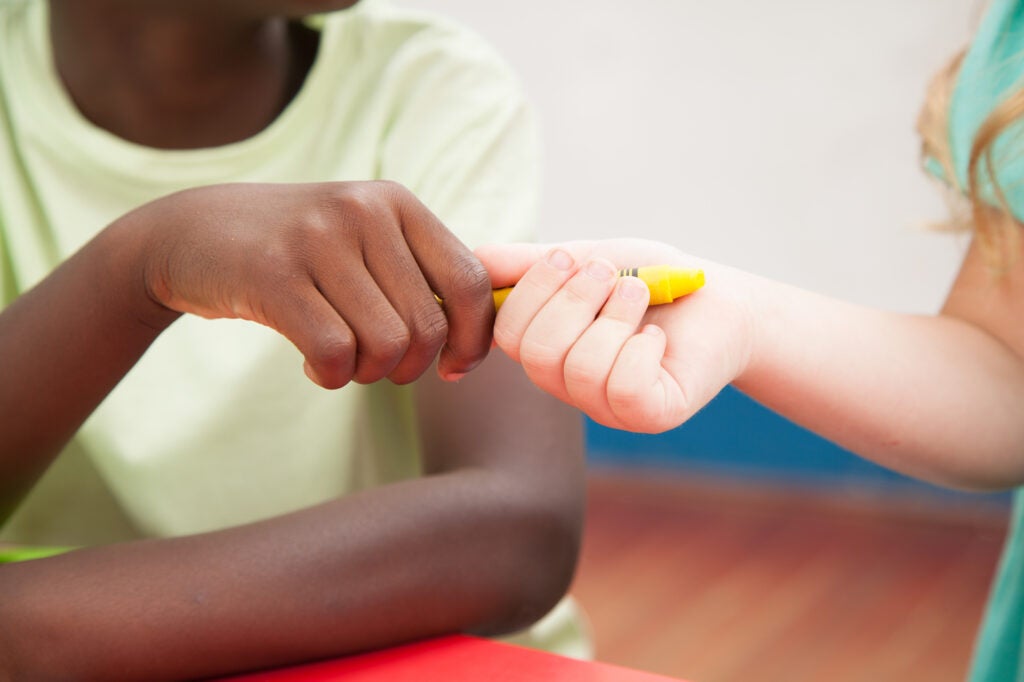
Sharing starts to take shape during parallel play.
While your child is playing with blocks near another child who is also playing with blocks, they’ll likely be using the same materials from a larger community pile. That’s the foundation that leads to your child sharing their toys with others.
Similarly, your child is sharing physical space with the other child, so it’s a good exercise in spatial awareness and figuring out what distance is acceptable and what distance feels too close.
Boundaries
By sharing the same materials and space with other children during parallel play, your child learns to set boundaries that will become useful in the latter stages of play and development.
If another child takes one of your child’s blocks, they’ll have to decide if that crosses a boundary. Similarly, if the other child gets too close to your child, they’ll have to decide how they feel about that level of closeness.
They may be OK with it or they may not, but the process of experiencing these feelings can help your little one develop the boundaries they’ll need as they grow.
Language
The proximity with other children their age during parallel play can help your child develop the roots of language and communication.
When your little one makes a decision about the boundaries that feel comfortable to them, they’ll be more inclined to communicate these needs to those around them. Similarly, if other children are communicating, your child may be more inclined to imitate their words and actions.
It’s at this stage in their development that your child may start to use “mine” as they gain a better understanding of sharing materials and space.
Independence
Parallel play is also effective at helping your toddler continue to develop their own sense of independence.
By playing side-by-side — but not necessarily with — another person, your child can explore their own interests and develop the type of self-reliance that can’t be taught anywhere else at that early age.
Emotional Regulation
The close proximity and shared resources that come with parallel play can help your child develop their own sense of emotional regulation.
They’ll have to decide how they’re going to respond to others in their space using the toys that they might consider theirs. Will they be angry about that? Will they be happy? Will they be sad?
They won’t know until they’re put in that situation and given a chance to figure out their own set of coping strategies.
How To Encourage Parallel Play
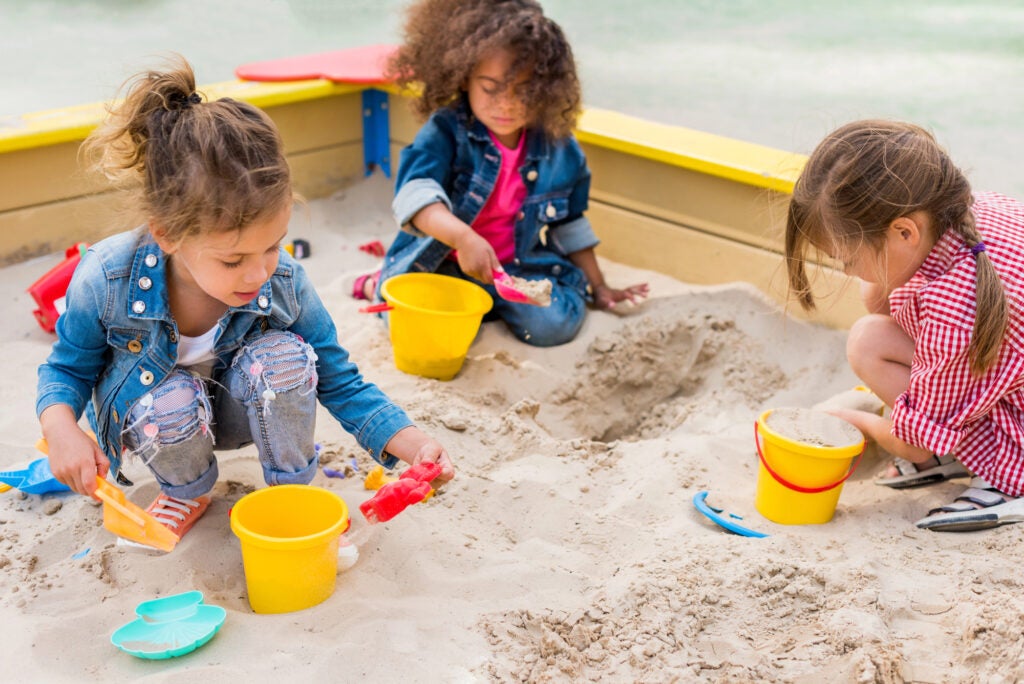
Provide Shared Spaces
To encourage parallel play, create shared spaces where young children can play near each other with “community” toys. Your shared space may be a room in your house, a corner in your apartment, or a sandbox in your yard.
Then, within those shared spaces, make sure there are plenty of materials to go around: piles of blocks, boxes of crayons and different things to color, multiple types of art supplies, or enough sand toys for two or three kids.
Those shared spaces and toys allow young children to engage in whatever type of play that’s right for their age and development.
Model Parallel Play Behavior
An effective way to encourage parallel play in your child is to model the behavior alongside them.
When they’re playing by themselves, sit down beside them and play by yourself. Build a block tower. Color a picture. Play with toy cars. Doing this demonstrates to them that it’s possible to play independently while still being part of a group.
Keep in mind that your child’s solitary play may change to spectator play (and back to solitary play) as they see what you’re doing.
Encourage Observation
Observation and language are two important components of parallel play. You can encourage both by asking your child to watch you (or their peers) and discuss what they see.
This doesn’t have to be complicated. Simply telling your child that you like their picture or their block tower and then asking them if they like yours can reinforce both observation and language.
Respect Individuality
Above all, remember that your child has their own pace and comfort level with social interactions. Do your best to respect their individuality, foster a sense of security, and allow them to engage in parallel play without forcing any interactions.
Support Parallel Play With Begin
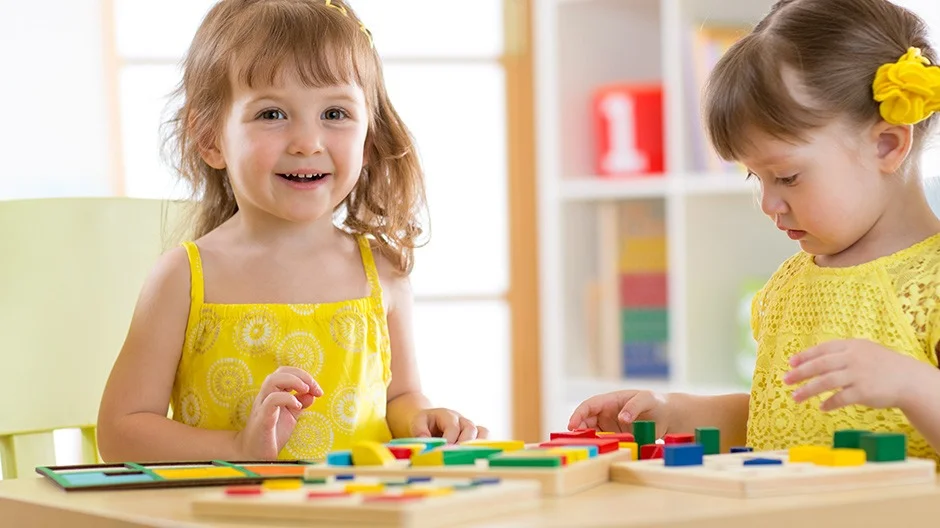
One of the best ways to support parallel play — and all the stages of play — is with the Begin series of learning resources, including:
- Learn with Sesame Street (ages 2-5)
- HOMER Early Learning Program and App (ages 2-8)
- Little Passports (ages 3-10+)
At Begin, we want to help your child succeed in all stages of play and all areas of life. Take our age- and stage-matching quiz to discover just the right exercises, games, and activities for your child.
For more information on everything we offer and why families love learning with Begin, visit BeginLearning.com today.
